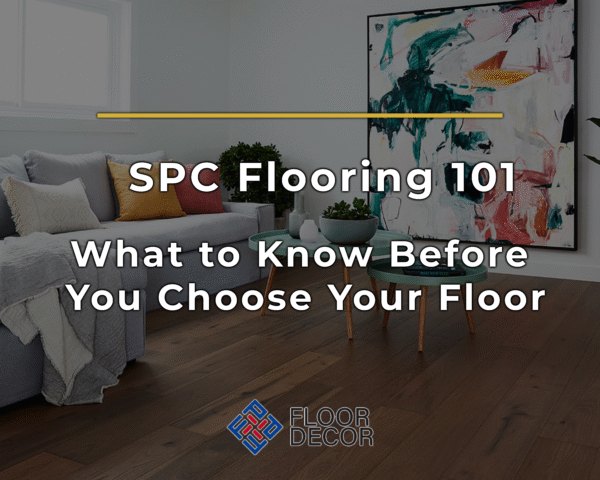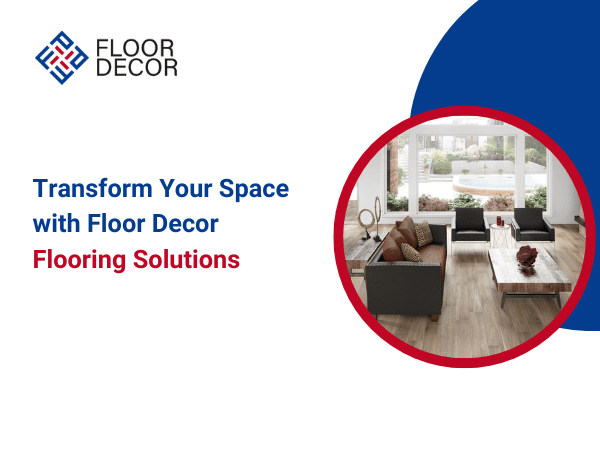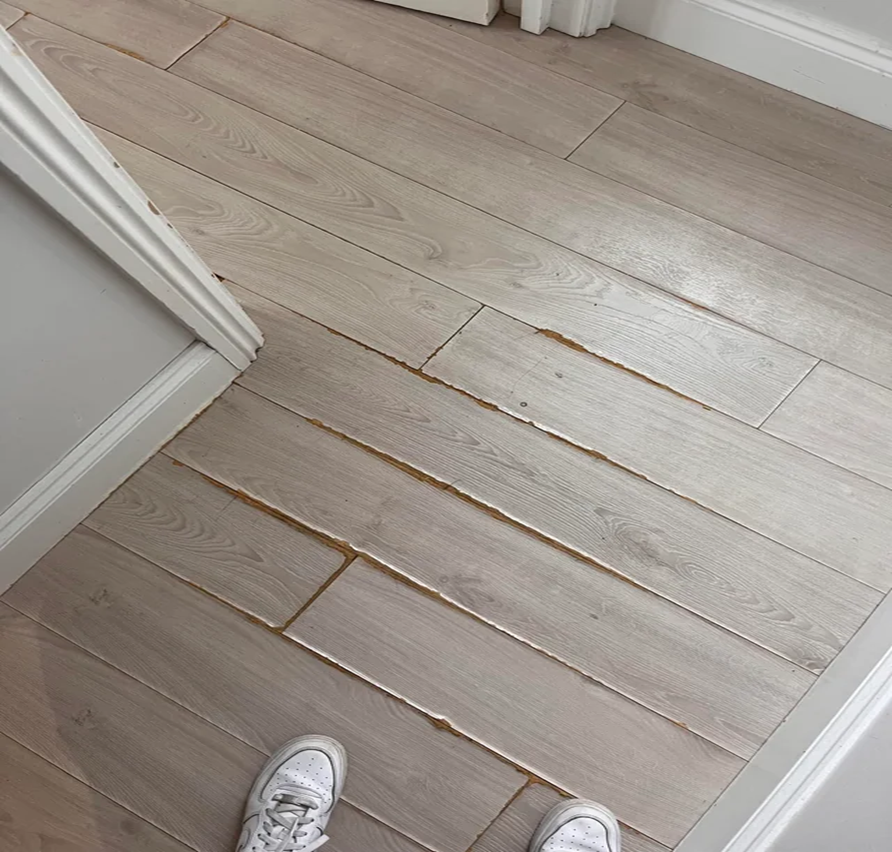
Choosing the right flooring can make or break the look and feel of your home or business. The perfect floor not only adds style but also brings comfort and durability. However, with so many options, it’s easy to make mistakes that can lead to costly repairs and regrets.
To help you avoid these common pitfalls, we’ve highlighted the biggest flooring mistakes people make and how you can avoid them. Follow these simple tips to ensure your floors not only look amazing but also stand the test of time.
1. Not Doing Enough Research or Considering the Needs of the Space
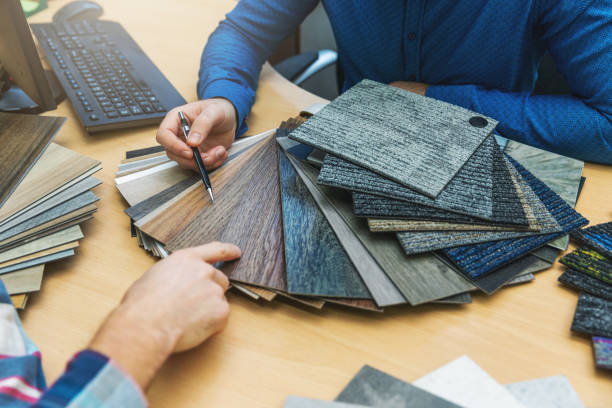
One of the most common mistakes people make when choosing flooring is rushing the decision without enough research or only focusing on aesthetics. It’s easy to fall in love with a beautiful floor from a photo or showroom, but once it’s installed, you may realize it doesn’t fit your home’s needs. For example, the color might not match your decor as well as expected, or the flooring may be too thick to fit under doorways without costly alterations.
Each room in your home has specific requirements, and what works in one area may not be suitable for another. For instance, high-moisture areas like kitchens and bathrooms require durable, waterproof options like SPC hybrid flooring. In contrast, offices or bedrooms may prioritize sound reduction, comfort, or aesthetic appeal. Without understanding the demands of each space, you risk choosing a floor that won’t perform well over time.
- What to Do Instead: Take the time to compare different flooring materials (e.g., luxury vinyl, hardwood, tile, and SPC hybrid flooring) and consider how they’ll hold up in different rooms. Ask yourself these key questions:
- Does the color and texture match your decor and feel right in the room?
- Will the flooring fit under doors and trim without requiring alterations?
- Is the surface scratch-resistant and durable enough for daily wear?
- How easy is it to clean and maintain, especially in high-traffic areas?
At Floor Decor, we make it easier by offering free samples, so you can test the feel, durability, and look of the flooring in your own space before committing. This ensures your floors not only look great but also perform well in the long run, giving you peace of mind.
2. Overlooking the Impact of Climate Change and Temperature Fluctuations
As climate change continues to shape our environment, we’re seeing more extreme weather patterns, and your flooring needs to be able to keep up. Fluctuating temperatures and humidity levels can wreak havoc on materials that aren’t designed to handle these changes, causing floors to warp, crack, or expand. A hot summer day followed by a sudden cool evening can stress some flooring materials, leading to long-term damage that’s both costly and frustrating.
- What to Do Instead: Opt for flooring that’s built to withstand the effects of climate change. Materials like SPC (Stone Polymer Composite) and luxury vinyl flooring are highly stable and specifically designed to resist temperature and humidity fluctuations. These floors won’t warp or buckle, making them an ideal choice for homes in regions with varying climates. By choosing a climate-resilient material, you’ll ensure that your floors remain beautiful and durable, no matter what Mother Nature has in store.
3. Ignoring Subfloor Problems: Don’t Overlook the Foundation
One of the most overlooked issues is ignoring problems with the subfloor. Installing new flooring over an uneven or damaged subfloor can cause buckling, warping, and other issues over time.
- What to Do Instead: Make sure your subfloor is clean, level, and dry before installing any flooring. If you’re unsure, hire a professional to assess and fix any issues. Skipping this step can lead to much bigger problems down the road.
4. Opting for price over quality

Many people make the mistake of going for the cheapest flooring option, thinking they’re saving money. However, low-priced flooring often means lower quality, which can wear out quickly and cost you more in the long run.
- What to Do Instead: It’s worth investing a little more upfront in quality flooring that will last. Higher-quality materials are more durable, meaning fewer repairs or replacements down the road. In the end, you’ll get more value for your money and enjoy your floors for years to come.
5. Not Ordering Enough Stock
A common mistake people make is underestimating the amount of flooring needed for their project. Ordering too little can cause major headaches down the line. Even if you measure carefully, things like mistakes during installation, future repairs, or a need for additional rooms can require more flooring. When you order more stock later, you might find that the dye lot (color batch) has changed, causing slight variations in color that don’t match the original flooring. In some cases, the exact color or brand may be discontinued or out of stock, leaving you without any way to complete the floor seamlessly.
- What to Do Instead: Always order extra boxes of flooring—typically 10% more than what your measurements call for. This ensures you have enough material for cuts, waste, and any future repairs or additions. Extra stock also prevents the problem of mismatched dye lots or being unable to find the exact flooring later on. It’s always better to have a few extra boxes than to realize too late that the flooring you need is no longer available.
6. Not Paying Attention to Warranties
Warranties protect your investment and provide coverage if your flooring has defects or wears out prematurely. A common mistake is not fully understanding what the warranty covers.
- What to Do Instead: When purchasing flooring, take the time to read and understand the warranty. Make sure you know what is covered, how long the warranty lasts, and any conditions that might void it, such as improper installation or incorrect maintenance.
7. Ignoring Moisture Levels: A Major Threat to Your Floors
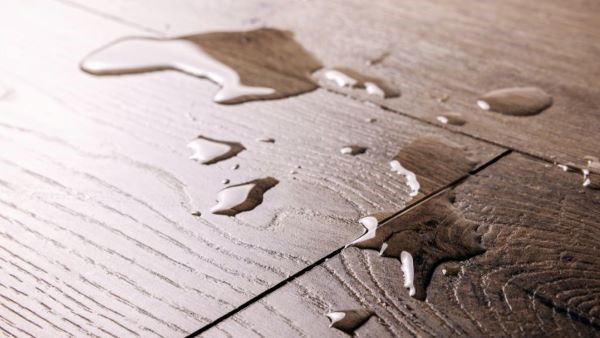
Moisture is one of the biggest threats to your flooring and can cause serious damage if not addressed properly. High-moisture areas like kitchens, bathrooms, or basements are particularly at risk. If you install flooring that isn’t designed to handle moisture, it can result in warping, buckling, damp spots, and even mold growth. Over time, this can compromise not only the look of your floors but also the structural integrity of your home. Moisture-related issues can be expensive and difficult to fix once they set in.
- What to Do Instead: In rooms exposed to high moisture, such as kitchens and bathrooms, it’s important to choose moisture-resistant flooring options like luxury vinyl, tile, or SPC hybrid flooring. These materials are specifically designed to withstand moisture and won’t warp or buckle when exposed to water. Before installation, always check the moisture levels in your subfloor. If the subfloor contains too much moisture, address the issue with a professional to prevent long-term damage. Taking these steps ensures your flooring remains durable, even in the wettest conditions.
8. Choosing a Floor Without Considering Your Lifestyle
It’s easy to fall in love with the look and feel of a floor, but making a snap decision based on aesthetics alone can lead to regret if it doesn’t suit your lifestyle. For example, that ultra-plush carpet might feel luxurious underfoot, but if you have two dogs, it’ll quickly become a nightmare to keep clean. Pet hair, dirt, and stains will be constant battles, making your dream floor more of a hassle than a haven.
When choosing flooring, it’s crucial to think about how it will hold up in your daily life. Lifestyle plays a big role in determining whether a floor will work for you in the long term.
- What to Do Instead: Think about how your flooring will fit into your lifestyle. Ask yourself:
1. Will there be heavy traffic? If your home sees a lot of activity, such as kids running around or pets, durable options like SPC vinyl flooring or tile may be your best bet.
2. Is comfort your priority? If you’re looking for something soft and cozy, especially in low-traffic areas, consider carpet rolls or tiles for added comfort.
3. Do you have pets? For homes with furry friends, hard surfaces like vinyl or tile are often easier to maintain, but there are also carpets designed specifically to handle pets.
4. Need flooring for the bathroom or laundry? In moisture-prone areas, consider waterproof vinyl, tile, or SPC/Hybrid Flooring to ensure your floors can withstand the environment.
9. Picking the wrong Design or Color
Another common mistake is choosing flooring based solely on its design or color without considering how it fits into the overall style of your home. Flooring is a long-term investment, and if it clashes with your existing decor, it can throw off the entire feel of the room. Worse, once installed, redoing it can be both costly and time-consuming.
- What to Do Instead: Take the time to bring samples home and see how they look in your space. Compare them alongside your furniture, wall colors, and overall decor.
Make sure the flooring not only looks great but also complements the style of the room. It’s important to think of your floors as a lasting investment that enhances your home’s beauty and functionality.
10. Furniture damage
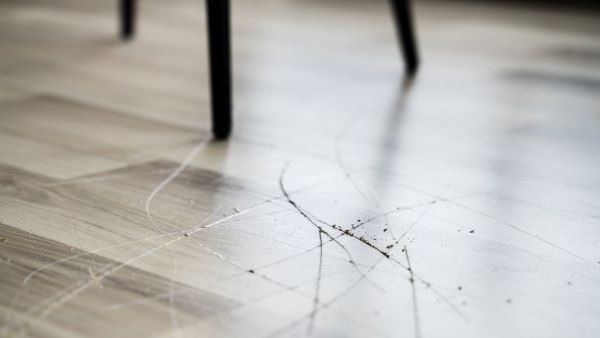
Furniture damage to floors can occur in both homes and businesses and is often irreparable. Heavy furniture can dent, scratch, or scuff your flooring, especially when moving things around. Without the proper protection, this damage can become permanent.
- What to Do Instead: Use felt pads under the legs of furniture like chairs, tables, and sofas to prevent damage. These small, inexpensive pads can go a long way in extending the life of your floors.
11. Using the wrong cleaning products
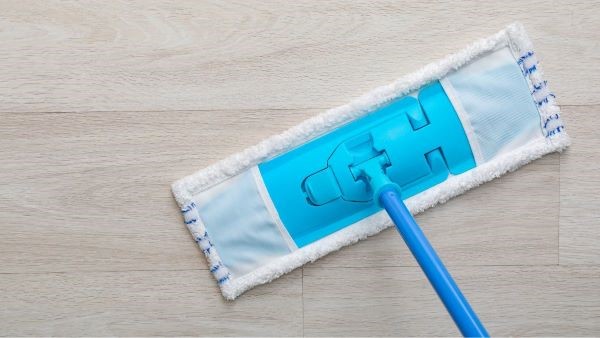
Using the wrong cleaning products can cause permanent damage to your floors. Some chemicals can strip finishes, discolor, or even weaken flooring materials like vinyl, laminate, or hardwood.
- What to Do Instead: Always follow the manufacturer’s recommendations for cleaning. For example, avoid steam mops on vinyl and avoid harsh chemicals on hardwood. Stick to mild cleaners designed specifically for your type of flooring to keep it looking fresh.
Ready to Find Your Perfect Floor?

What’s the most common mistake people make when choosing flooring?
The most common mistake is choosing flooring based solely on looks without considering how the space will be used. Every area in your home has different needs—high-traffic areas like kitchens or offices require durable, moisture-resistant flooring, while a bedroom may prioritize comfort.
Why is researching different flooring options so important?
Research helps you find the best flooring for each specific room. Flooring types like luxury vinyl, hardwood, tile, and SPC (Stone Polymer Composite) all have different benefits, and selecting the wrong type can lead to issues like warping, scratches, or costly repairs in the future.


